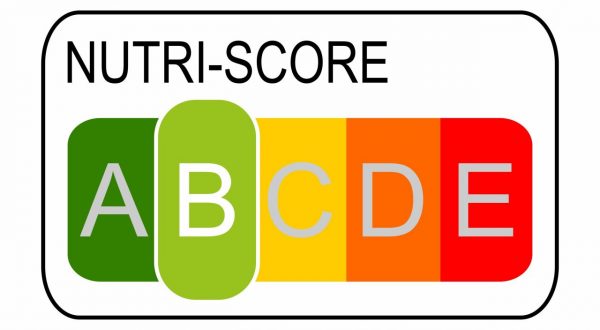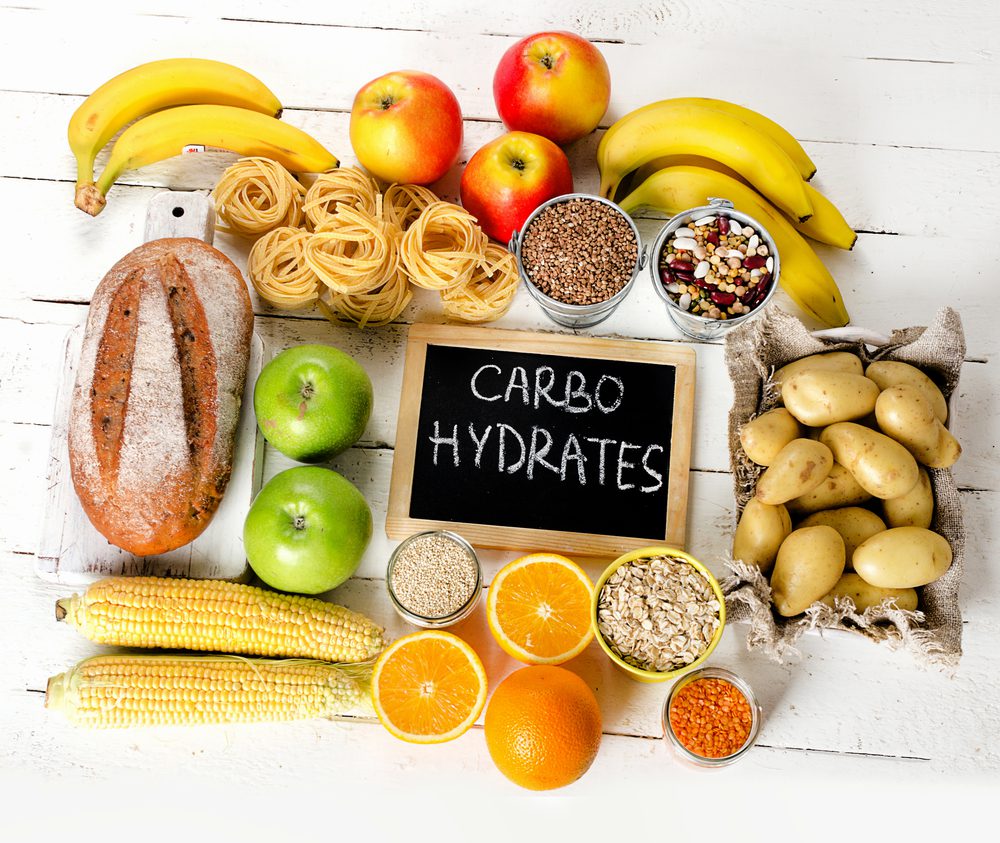
Do front-of-pack labels help people make better food choices?
Ever wondered if front-of-pack nutrition labels influence what food consumers buy? It does, according to a recently published review of studies that assessed the effectiveness of different labelling systems.
The review revealed:
- colour-coded schemes such as the “traffic light” label and Nutri-Score used in the UK and Europe, enhance a food’s perceived healthfulness and are the most effective at promoting the purchase of healthier foods, whereas
- warning labels like those used in Chile, reduce a food’s perceived healthfulness and discourage the purchase of unhealthy foods.
Although most studies included in the review were carried out in a lab setting, and there was variation between these studies (which could affect the reliability of the findings), the authors anticipate their work will inform future nutrition policies.
What’s the purpose of front-of-pack nutrition labels?
Front-of-pack nutrition labels give consumers simple information about the “healthiness” of a food to help them make better food choices. It also encourages food companies to improve the nutritional profiles of their products.
Many schemes, including the Health Star Rating (HSR) used in New Zealand and Australia, are voluntary, therefore, use is limited and inconsistent across products. Critics say this undermines the schemes’ effectiveness and has prompted calls for front-of-pack labels to be mandated.
The situation in New Zealand and Australia
A 2019 review of the HSR system revealed that only one-third of packaged foods in New Zealand and Australian supermarkets displayed the HSR, although uptake was steadily increasing. While the scheme is still voluntary, the industry must now meet a 70% uptake target before the end of 2025, to avoid it being mandated.
The potential role of warning labels
The finding that warning labels deter people from buying unhealthy food will be of interest to policymakers. While it is unlikely these will be adopted in New Zealand and Australia any time soon, the paper’s authors say warning labels could be an effective policy tool in countries where there’s an abundance of highly processed, nutrient-poor food and a high prevalence of diet-related diseases. To that point, many health advocates would argue both countries are fast heading in that direction, if they are not already there.
Contact us if you’d like to know more about front-of-pack nutrition labels and other nutrition policy developments.
Reference: Song, J., Brown, M., Tan, M., et al. (2021). Impact of color-coded and warning nutrition labelling schemes: A systematic review and network meta-analysis. PLoS Medicine, 18(10), e1003765. https://doi.org/10.1371/journal.pmed.1003765






